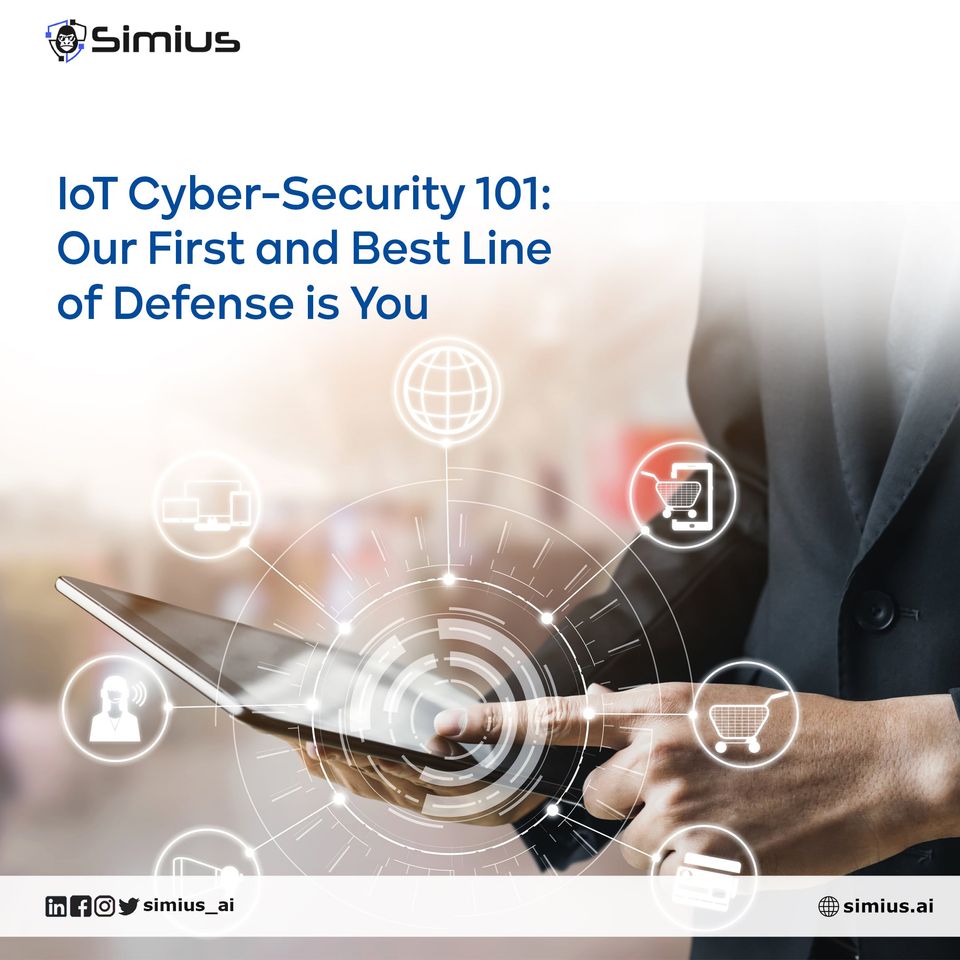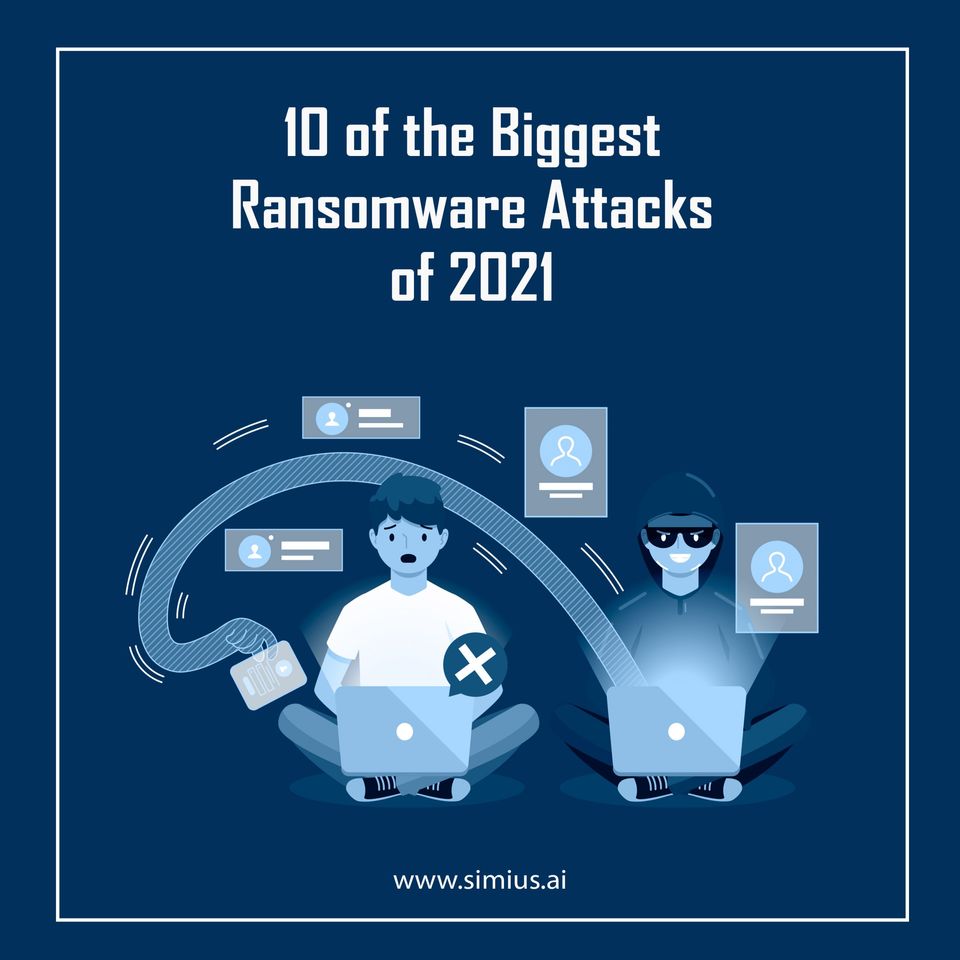If you really want to change the game when facing cybercrime, there are plenty of skills to consider. This obviously makes it difficult, since many people do not have the time. Regardless if you understand the basics of computers or not, the best way to understand the internet is to look at the structure of a tree and realize the similarity. In every case, there is a root, branch, and set of leaves that serve to create the whole internet. Always keep in mind that it is extremely vast.

Think of your devices as leaves on a small branch of a tree. The trunk is the internet, and a branch might be your ISP. Devices such as smart phones, tablets, and computers connect through your router to the rest of the tree, quite simply. IoT devices are of no exception but they are their own type of leaf, full of their own unique weaknesses.
Internet of Things (IoT) devices are becoming more abundant, these are new growths, and with that comes a large variety of threats which become easily exposed. There is no sugar coating it, and it is necessary to evolve certain defenses.
First of all, your home is a place that should be full of privacy and control – where there is assurance, safety, and security. By informing yourself on a few basics, we can assist you to fulfill automated cyber self-defense a whole lot better. Ultimately the vulnerabilities in your systems will be known to you, and you’ll be in a better position to fix them.
Second, the devices you use can be seen as leaves on the tree, and those enabled with the Internet of Things (IoT) are subject to higher risks and can be seen in some cases as serving in the protection of assets. We must therefore search about the fact of each asset stability. This should be your goal in doing business with Simius.
Thirdly, we will be providing you with simplified user guides to help tailor your own skills and develop custom tests to prevent or prepare for disaster scenarios. There are also plans to establish a community of shared knowledge to allow the exchange of information between our users. But that is further down the line, we need everyone to be on the same page in order to fully realize the value.
Don’t let your leaves fall off the tree because they can start a fire in ways that extend beyond your own home!
Our ability to rapidly prototype various penetration techniques is what will ultimately allow us to develop a strong suite of tools which can empower customers with multiple risk reduction measures. Adaptation to the changes of a shifting software landscape is crucial. We want to provide you with visibility to technical complexity in securing IoT devices, while simplifying things down to one-click solutions. Its easier to click a button and display information through a series of dashboards that provide access to critical information resources in that regard.

In my previous blog post, you had been informed about a main form of breaching, known as phishing. And there is plenty to cover in a future blog post on that notion, however it is still critical to note that the better you can begin to distinguish a fraudulent scam versus something which is legitimate. The same follows for taking a few precautionary measures with respect to your internet browsing habits.
Consider therefore, a brief list of some general practices are shown below:
- Never give out your personal information to sources untrusted – try to use different username credentials everywhere, including usernames and passwords – change is good.
- Block malicious web activity at the source – NoScript and adblocking might help get you familiar – prevent the threat of cross-site scripting.
- Don’t click or tap a link unless you are sure it is secure – mobile devices suck because they are vulnerable in may ways, almost by design – try to limit their use for web browsing. But the major apps are generally trustworthy, especially if they offer one-click signup and login.
- Choose caution when browsing the internet at all times and make sure you trust the site – again please remember how vulnerable
- Check your online accounts regularly to make sure there is no suspicious activities taking place.
All of these things will boost your ability to secure a smart home full of IoT devices, but please remember that there is no absolute fool-proof method of avoiding phishing attacks or other cyber threats, which is what makes them so dangerous. Future posts will be geared to simplifying the best practices for our end-users. These are precautions to take to ensure your fingerprint is minimized while reducing any impact brought by open threats from the wild.
Simius is intended to deliver one-click solutions for enterprise-grade security tests. Be sure to keep that in mind because we can keep your devices sharp, as long as you are too. It doesn’t take much beyond a keeping digital sanitation habits.







